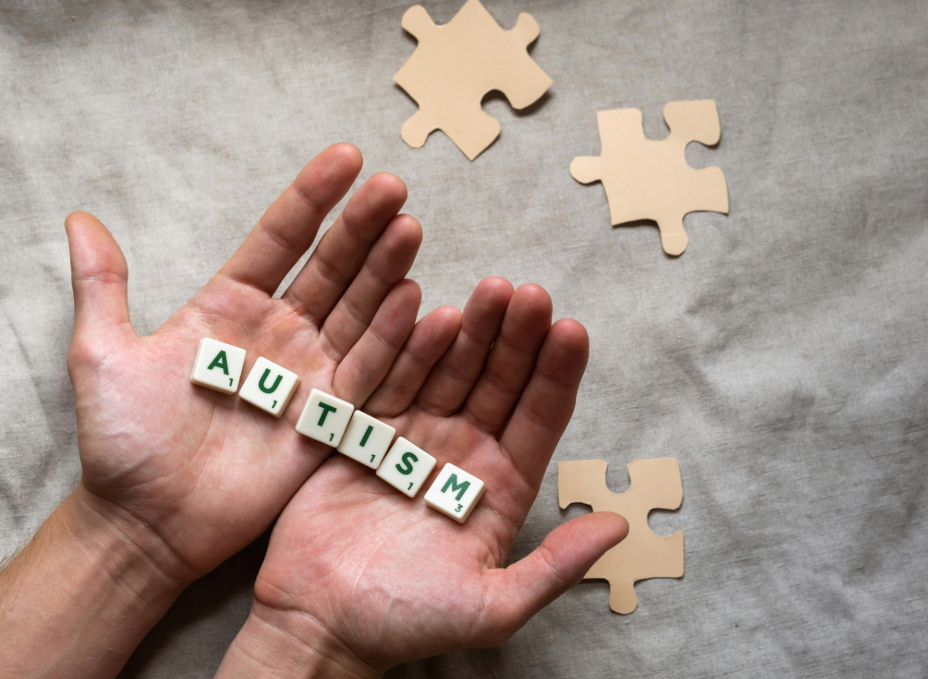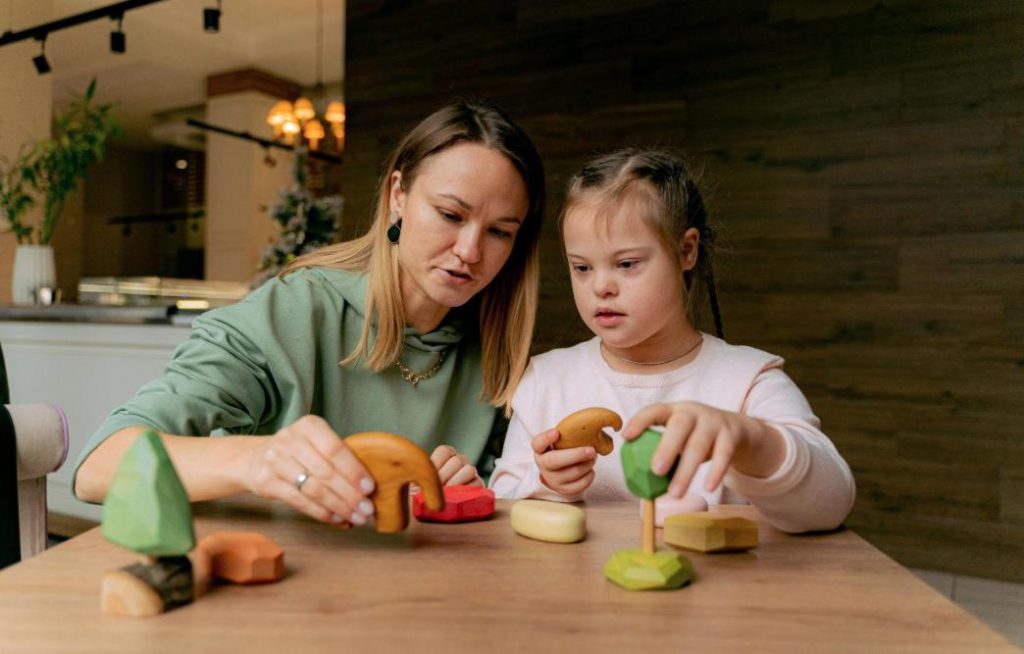Social interactions are often a mystery for children with autism. From understanding body language to maintaining a conversation, many of the unwritten rules that come naturally to others may need to be explicitly taught. That’s where ABA tools and structured techniques come in and that’s why teaching social skills for autism with ABA is essential.
Using Applied Behavior Analysis, therapists and caregivers can teach core social skills for autism in a clear, consistent way – turning confusion into confidence and isolation into connection.

Why Social Skills Are a Challenge in Autism
Children on the spectrum often struggle with things like eye contact, initiating play, interpreting facial expressions, or taking turns. This is especially true for those with strong language abilities but limited social understanding.
With support from autism strategies grounded in ABA, families can address these gaps through social skills for autism with ABA strategies at home. High-functioning autism, in particular, may require more nuanced attention to the “gray areas” of social behavior – like sarcasm, boundaries, or peer relationships.
Building these skills early is critical for promoting independence, inclusion, and emotional wellbeing.
How ABA Supports Social Skills for Autism
ABA therapy excels at breaking down complex behaviors into teachable parts. It also reinforces progress with rewards, repetition, and real-world application.
Some of the most effective social skills activities for autism include:
- Role-playing greetings, introductions, or asking for help
- Video modeling to observe and imitate appropriate behavior
- Social stories that teach how to respond in common situations
- Peer practice during structured playdates or group sessions
These methods form the foundation of a strong social skills curriculum for autism, and are adaptable for clinic, school, or ABA at home settings.

Building Social Skills at Home
While therapy sessions are important, parents play a key role in making sure social learning sticks. Daily routines offer endless chances to practice core behaviors.
Here are ways to apply ABA-based autism support at home:
- Use visual aids for conversations, emotions, or turn-taking
- Narrate your own interactions so your child can observe
- Play games that require sharing, waiting, or rule-following
- Offer reinforcement when your child uses a social skill independently
- Prompt and model responses during family events or outings
This consistent approach not only teaches skills—it also helps children feel safer and more confident in social settings.
What Goals Should We Be Working Toward?
Every child’s journey is unique, but common social skills goals for autism include:
- Initiating greetings and conversations
- Asking for help or clarification
- Waiting for turns and listening actively
- Understanding personal space
- Interpreting nonverbal cues like tone and expression
- Recognizing emotions in self and others
These goals are typically included in ABA therapy plans and gradually increased as the child progresses. Many parents work on these same goals at home using guidance from BCBAs or online coaching.

Practical Tools and Support for Families
Today, there are ABA resources for parents designed to make implementation easier and less overwhelming.
Many families start with printable tools – such as token boards, visual schedules, and flashcards – that make routines predictable and reinforce positive behaviors.
For parents who prefer interactive learning, ABA classes for parents are available both online and in-person, covering everything from behavior basics to handling public outings.
Support doesn’t end with training. Online communities and parent support groups for autism provide a space to share strategies and encouragement, while short video modules and e-learning platforms give you on-demand access to expert tips.
For more personalized solutions, direct consultations with a child’s BCBA can help tailor strategies to the home environment. These options ensure families have access to practical tools and expert advice, regardless of schedule or experience.
Conclusion
Teaching social skills to children with autism doesn’t require perfection – it requires presence, repetition and compassion. With the help of ABA and consistent parent involvement, child can develop the tools they need to connect with others and build meaningful relationships.
Whether focusing on social skills goals for autism, practicing activities at home, or following a structured social skills curriculum, these efforts lead to lasting progress and independence.
FAQ: Teaching Social Skills with ABA
1. What social skills should children with autism learn first?
Start with foundational skills like greetings, turn-taking, and asking for help before moving to complex interactions.
2. How can ABA help with social skills?
ABA uses modeling, reinforcement, and structured teaching to break down complex social behaviors into manageable steps.
3. Can parents teach social skills at home?
Yes. With guidance from ABA resources and BCBA support, parents can use activities like role-play and visual aids to reinforce therapy goals.
4. Are social skills goals the same for all children?
No. Goals are individualized based on age, ability, and developmental needs.
5. What resources help teach social skills?
Social stories, visual supports, role-play exercises, and apps designed for autism social learning are excellent tools.
